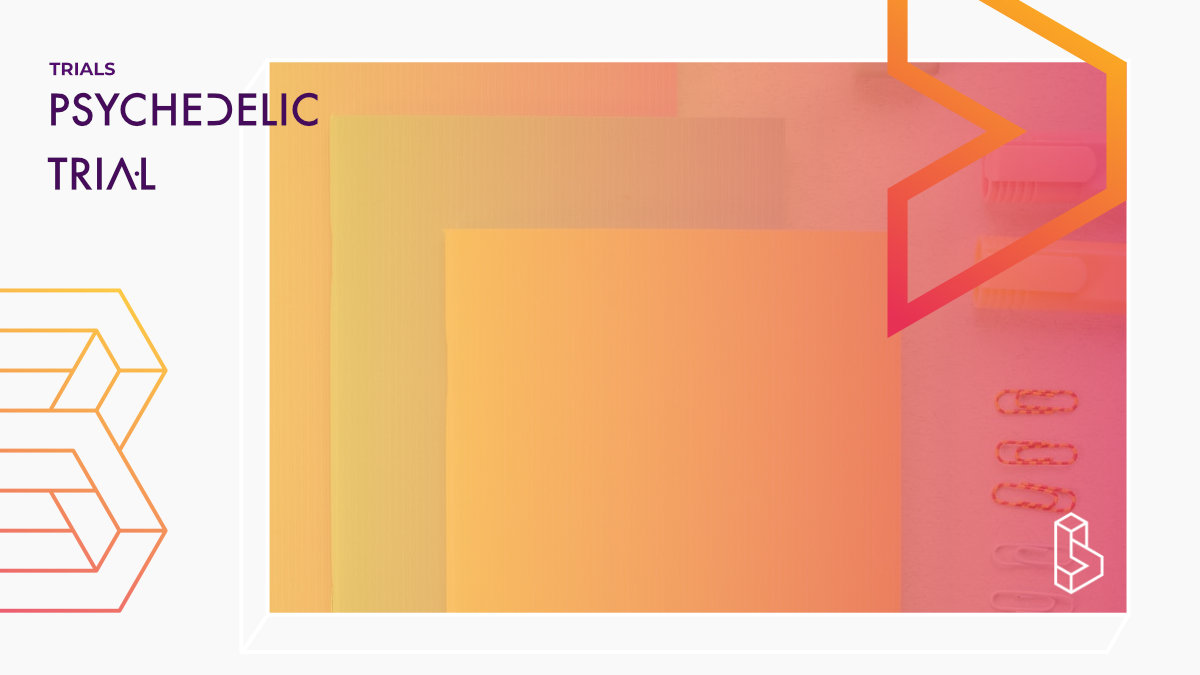This double-blind, placebo-controlled trial (n=40) aims to investigate the potential neurophysiological synergy effects between mindfulness meditation and psychedelics, particularly Ayahuasca, on experienced meditators.
The study will use functional MRI imaging, psychometric assessments, and experiential interviews before and after a three-day meditation retreat. Participants will be randomly assigned to one of two groups, one receiving DMT and harmine during sitting meditation on the second day, while the other group receives a placebo. Pre- and post-measurements of MRI imaging and psychometric questionnaires of the DMT/Harmine group will be compared to those of the placebo control group. The study aims to provide a comprehensive understanding of the neurophenomenology of rare and inaccessible phenomena of consciousness.
Trial Details
Trial Number
Sponsors & Collaborators
University of ZurichWithin the Department of Psychiatry, Psychotherapy and Psychosomatics at the University of Zurich, Dr Mialn Scheidegger is leading team conducting psychedelic research and therapy development.
Papers
Meditating on psychedelics. A randomized placebo-controlled study of DMT and harmine in a mindfulness retreatThis double-blind, placebo-controlled study (n=40) investigates the effect of DMT-harmine ('pharmahuasca') on meditative states during a 3-day retreat with experienced meditators. It finds that participants who received DMT-harmine reported greater mystical-type experiences, non-dual awareness, and emotional breakthrough during acute effects, as well as greater psychological insight one day later, compared to the placebo group.
Meditation, psychedelics, and brain connectivity: A randomized controlled resting-state fMRI study of N,N-dimethyltryptamine and harmine in a meditation retreat
This secondary analysis of an RCT fMRI study (n=40) of meditation practitioners during a 3-day retreat found that DMT-harmine ('pharmahuasca', 120mg/120mg buccal) increased functional connectivity within the visual network and between visual and attention networks, whilst meditation alone reduced between-network connectivity, with no evidence of prolonged cortical gradient disruption characteristic of acute psychedelic effects, suggesting distinct neural mechanisms for meditation versus psychedelic-augmented meditation.

